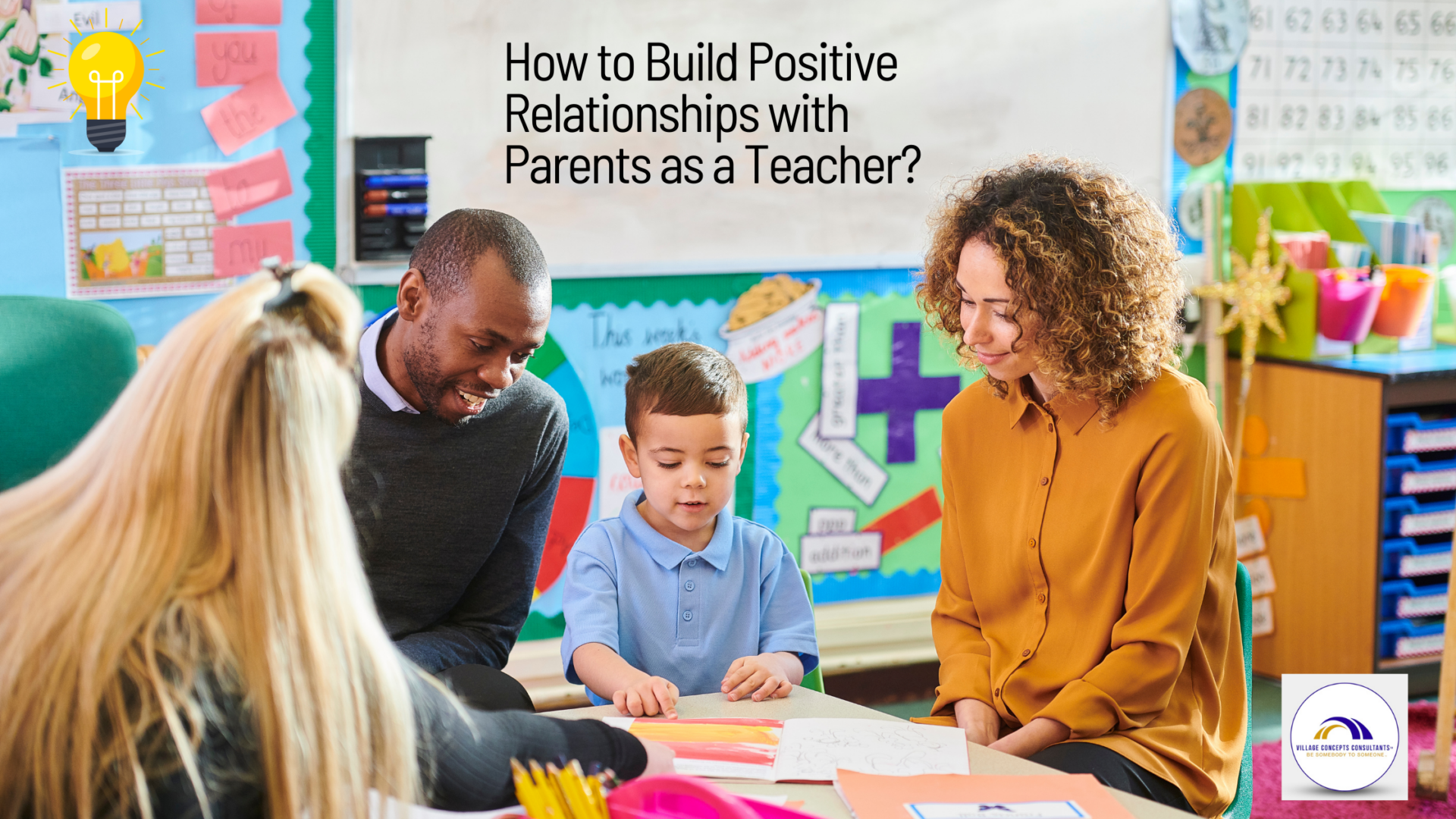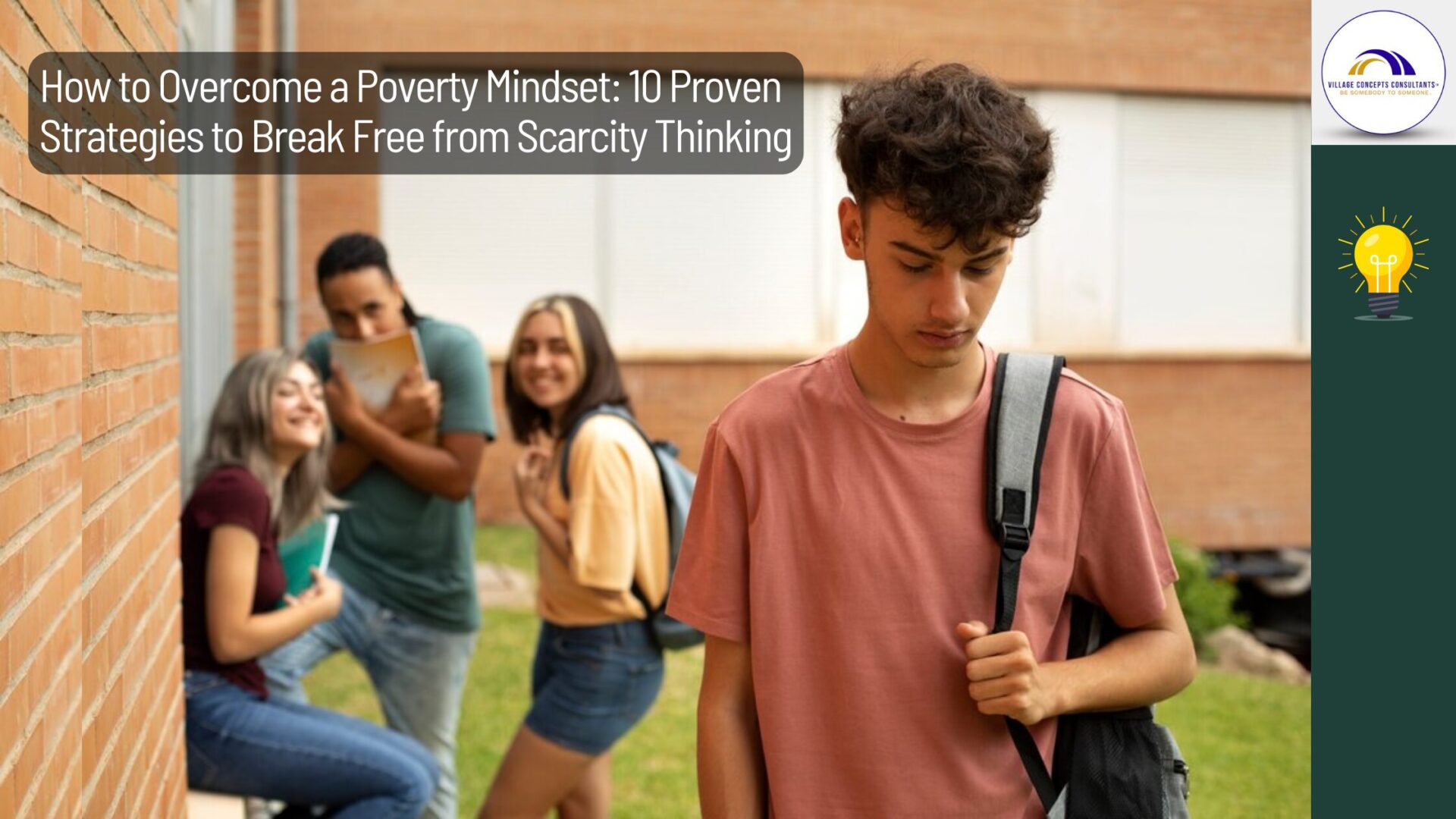How to Build Positive Relationships with Parents as a Teacher
Building a positive parent-teacher relationship is essential for fostering a supportive and productive learning environment. Strong parent-teacher communication ensures that students receive consistent guidance at school and home, promoting their academic and social development. Teachers who actively engage with parents create a collaborative partnership that benefits all stakeholders—students, educators, and families alike.
In this article, we’ll explore how to build positive relationships with parents as a teacher, highlighting the importance of parent-teacher relationships in school and strategies to foster meaningful connections.

The Importance of Parent-Teacher Relationships in School
A strong parent-teacher relationship helps bridge the gap between home and school, ensuring that students receive the necessary support to succeed. Here are key reasons why building positive relationships with parents is crucial:
1. Improved Academic Performance
When parents and teachers collaborate, students are more likely to stay engaged in their education. Regular communication allows teachers to share insights about a child’s progress, strengths, and areas needing improvement.
2. Better Behavior and Social Skills
A unified approach to discipline and behavior management leads to improved student conduct. Parents and teachers working together ensure consistency in expectations, helping students develop strong social and emotional skills.
3. Increased Parental Involvement
Parents who feel welcomed and valued are more likely to participate in school activities, volunteer opportunities, and parent-teacher meetings, leading to a stronger school community.
4. Early Identification of Learning Challenges
Effective parent-teacher communication allows for early intervention when students struggle academically or socially. Parents can provide insight into their child’s learning habits, helping teachers tailor their instructional approach.
5. Enhanced Student Confidence and Motivation
Students thrive when they see their teachers and parents working together. A supportive environment at home and school fosters confidence, motivation, and a positive attitude toward learning.

Strategies for Building a Positive Parent-Teacher Relationship
1. Establish Open and Honest Communication
Clear and consistent communication is the foundation of a positive parent-teacher relationship. Use multiple channels to stay connected:
- Emails and Newsletters: Send regular updates on classroom activities and student progress.
- Parent-Teacher Conferences: Schedule meetings to discuss students’ strengths and areas for growth.
- Messaging Apps & Portals: Utilize digital platforms to provide real-time updates and insights.
- Phone Calls: A personal call can be effective for addressing concerns or recognizing student achievements.
2. Set the Right Tone from the Start
The first interaction with parents sets the tone for future engagement. At the beginning of the school year:
- Send a welcome letter or email introducing yourself and your teaching philosophy.
- Outline expectations for communication and parental involvement.
- Share a calendar of key events, assignments, and important dates.
3. Encourage Two-Way Communication
Building a strong relationship between teacher and parents means ensuring that communication is a dialogue, not just one-sided. Encourage parents to:
- Share concerns or observations about their child.
- Provide feedback on classroom experiences.
- Suggest ways they can support their child’s learning at home.
4. Use Positive Language and Reinforcement
Focusing on strengths and positive behaviors fosters trust and collaboration. Instead of only reaching out about issues, highlight students’ achievements and improvements:
- Send positive notes home recognizing effort and progress.
- Start conversations with compliments before addressing challenges.
- Celebrate milestones through parent emails or class newsletters.
5. Be Culturally Responsive and Inclusive
Acknowledge and respect the diverse backgrounds of families in your classroom. Ways to be more inclusive include:
- Providing translated materials for non-English-speaking parents.
- Recognizing cultural holidays and traditions in your class activities.
- Being sensitive to different family dynamics and circumstances.
6. Create Opportunities for Parental Involvement
Encouraging parents to participate in school events strengthens engagement. Examples include:
- Volunteering in the classroom or during school events.
- Joining parent-teacher organizations (PTOs).
- Attending curriculum nights or educational workshops.
7. Address Concerns with Empathy and Solutions
Challenges and misunderstandings may arise, but handling them professionally is key to maintaining trust. When conflicts occur:
- Listen actively to parents’ concerns before responding.
- Acknowledge their perspective and validate their feelings.
- Work together to find solutions that benefit the student.
8. Share Student Progress Regularly
Keeping parents informed about their child’s progress fosters trust and collaboration. Provide:
- Report cards and progress reports with personalized comments.
- Assessment results and suggestions for home learning support.
- Parent-teacher check-ins to discuss development and areas for improvement.

Parent-Teacher Communication Examples
To illustrate how teachers can build strong relationships with parents, here are a few examples:
✅ Example 1: Sending a Positive Email
Subject: Exciting Progress in [Student’s Name]’s Learning!
Dear [Parent’s Name],
I wanted to take a moment to share some fantastic progress [Student’s Name] has made in class! They have been actively participating in discussions and showing great improvement in [specific skill]. I appreciate your support at home—it’s making a big difference! Looking forward to continuing this positive momentum.
Best,
[Your Name]
✅ Example 2: Addressing a Concern Respectfully
Subject: Working Together for [Student’s Name]’s Success
Dear [Parent’s Name],
I wanted to touch base about a challenge [Student’s Name] is facing in [specific area]. I value your insight and would love to discuss strategies we can use both at school and home to support their growth. Let’s schedule a time to connect. Looking forward to working together!
Best,
[Your Name]
✅ Example 3: Engaging Parents in Classroom Activities
Subject: Exciting Classroom Volunteer Opportunities!
Dear Parents,
We’re looking for parent volunteers to help with our upcoming class event on [date]. If you’re interested in joining us, please let me know. Your involvement makes a huge impact, and we’d love to have you!
Thank you for your continued support.
Best,
[Your Name]
Building positive relationships with parents as a teacher is a vital step in creating a supportive educational environment. By fostering open communication, encouraging parental involvement, and maintaining a proactive approach, teachers can strengthen the parent-teacher relationship for the benefit of their students.
Are you looking for more effective strategies to enhance parent-teacher communication? Explore our professional development courses at Village Concepts Professional Development Institute to gain valuable insights and practical techniques. Let’s work together to build stronger partnerships between teachers and parents for student success!
By implementing these strategies, educators can create a collaborative and inclusive learning experience where students, parents, and teachers all thrive together.




